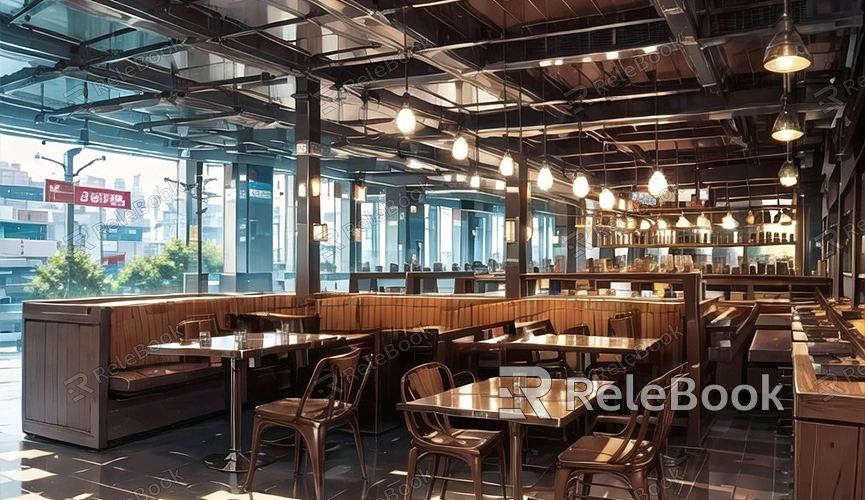Have cycles render blender materials
Blender's Cycles render engine is renowned for its high-quality rendering effects and robust material system, especially suited for projects requiring realistic lighting and material representation. This article will detail how to create and use materials with the Cycles render engine in Blender, along with practical tips and considerations.
Introduction to Cycles Render Engine
Blender's Cycles render engine is a path-tracing-based renderer that achieves high-quality lighting and shadow effects by simulating the path of light rays in the scene. Compared to Blender's traditional render engine (Blender Render), Cycles more accurately simulates the physical behavior of light and supports more complex materials and rendering effects.

Creating Cycles Materials
Creating and editing Cycles materials in Blender is intuitive and flexible. Follow these steps to create and adjust materials:
1. Select Cycles Render Engine:
- In Blender's top toolbar under the render engine selector, choose "Cycles."
2. Open Node Editor:
- Enter the material editing mode, select the object you want to edit the material for, go to the "Material" tab in the properties editor, and click on the "Node Editor" button.
3. Add and Connect Nodes:
- Use the node editor to create and connect different types of nodes such as BSDF (Diffuse/Reflection) nodes, texture nodes, color nodes, etc., to achieve the desired material effects.
4. Adjust Node Properties:
- Fine-tune node properties and connections to control material attributes like color, reflectivity, transparency, etc.
5. Preview and Debug:
- Preview the material's effect in real-time within the node editor; adjustments made here will reflect immediately in the viewport.
Cycles Render Settings
In addition to creating materials, correct render settings are crucial to ensuring optimal rendering results with Cycles. When using Cycles for rendering, adjust the following settings to enhance rendering quality:
- Sampling Settings: Control anti-aliasing quality and noise level during rendering.
- Light Path Depth: Manage the number of bounces for light rays reflecting and refracting in the scene, affecting rendering detail and accuracy.
- Ambient Occlusion: Enhance rendering realism and depth by adding ambient occlusion effects.
Practical Tips and Considerations
- Use HDR Environment Maps: Employing High Dynamic Range (HDR) environment maps in Cycles enhances lighting and reflection realism.
- Optimize Node Layout: Keep the node editor's layout clean and organized, facilitating quick adjustments and modifications to materials.
- Utilize GPU Acceleration: If your computer supports it, switch to GPU acceleration in the rendering options to speed up render times.
By employing these methods, you can effectively utilize Blender's Cycles render engine to create and fine-tune a variety of materials, catering to different project requirements. Whether you need realistic surface materials, intricate lighting effects, or specific visual aesthetics, Cycles provides powerful tools and flexible operations. For high-quality 3D textures, HDRIs, or downloadable 3D models for your modeling and virtual scene creation, consider downloading them from Relebook for seamless integration into your projects.

